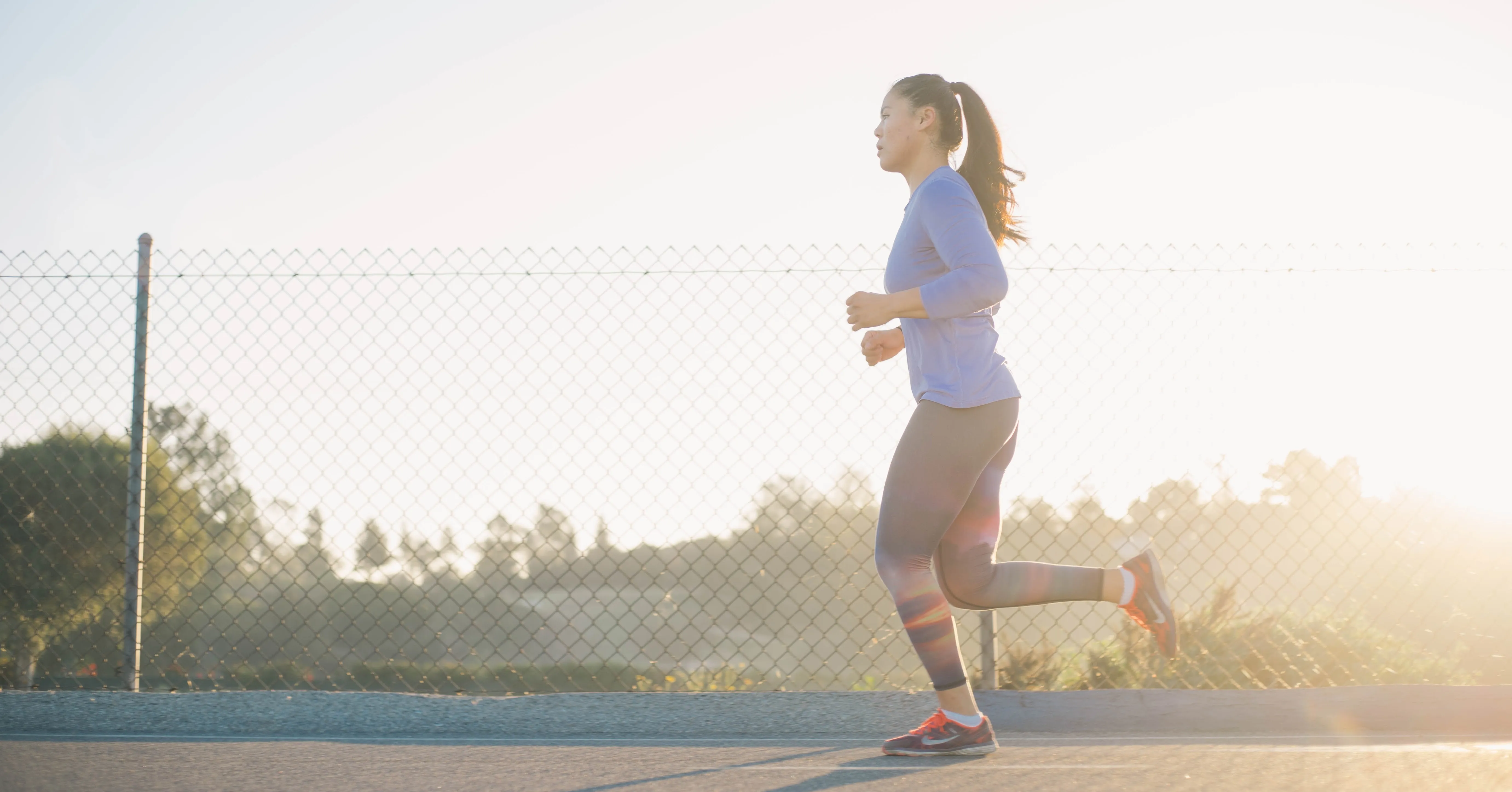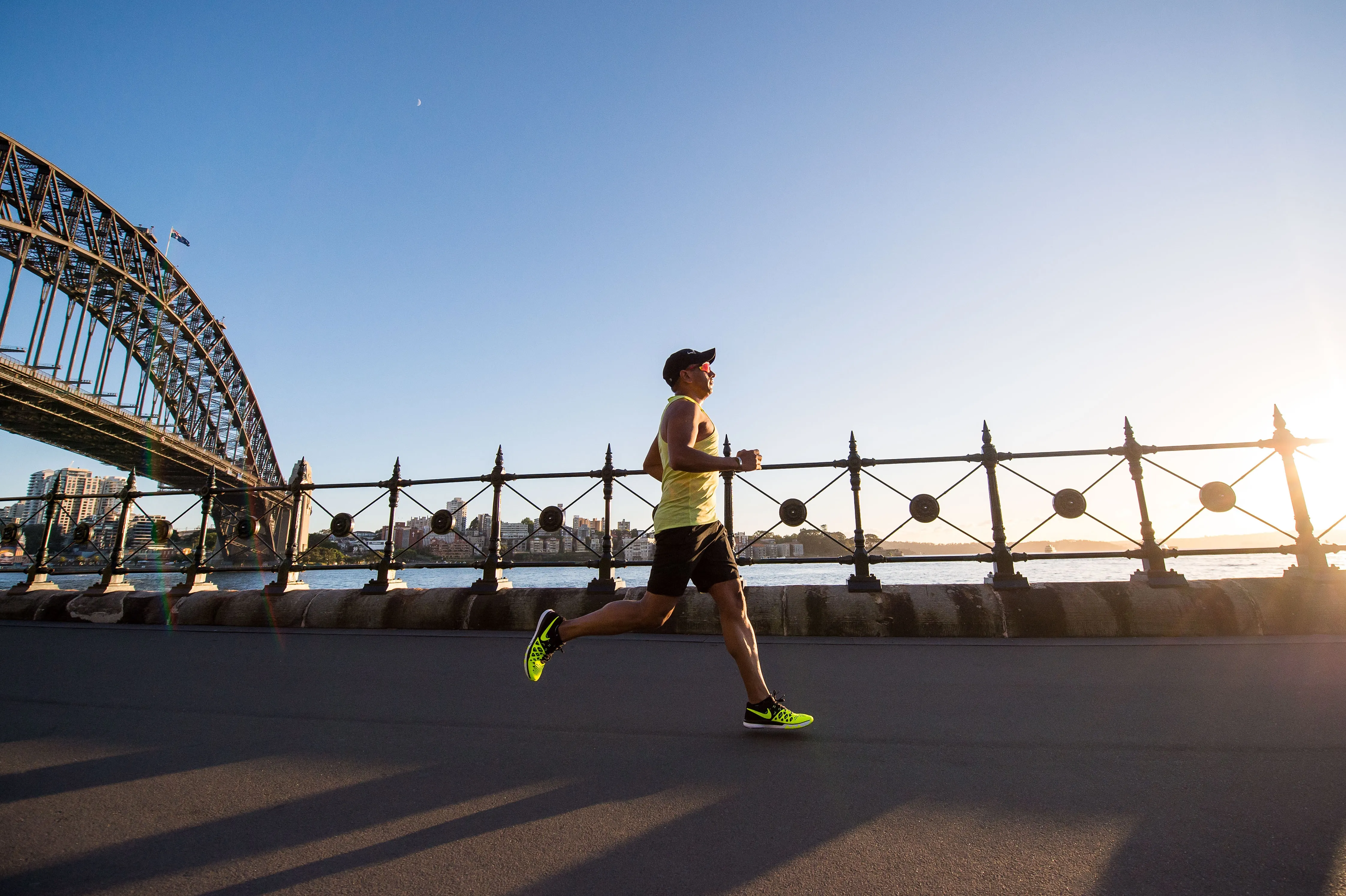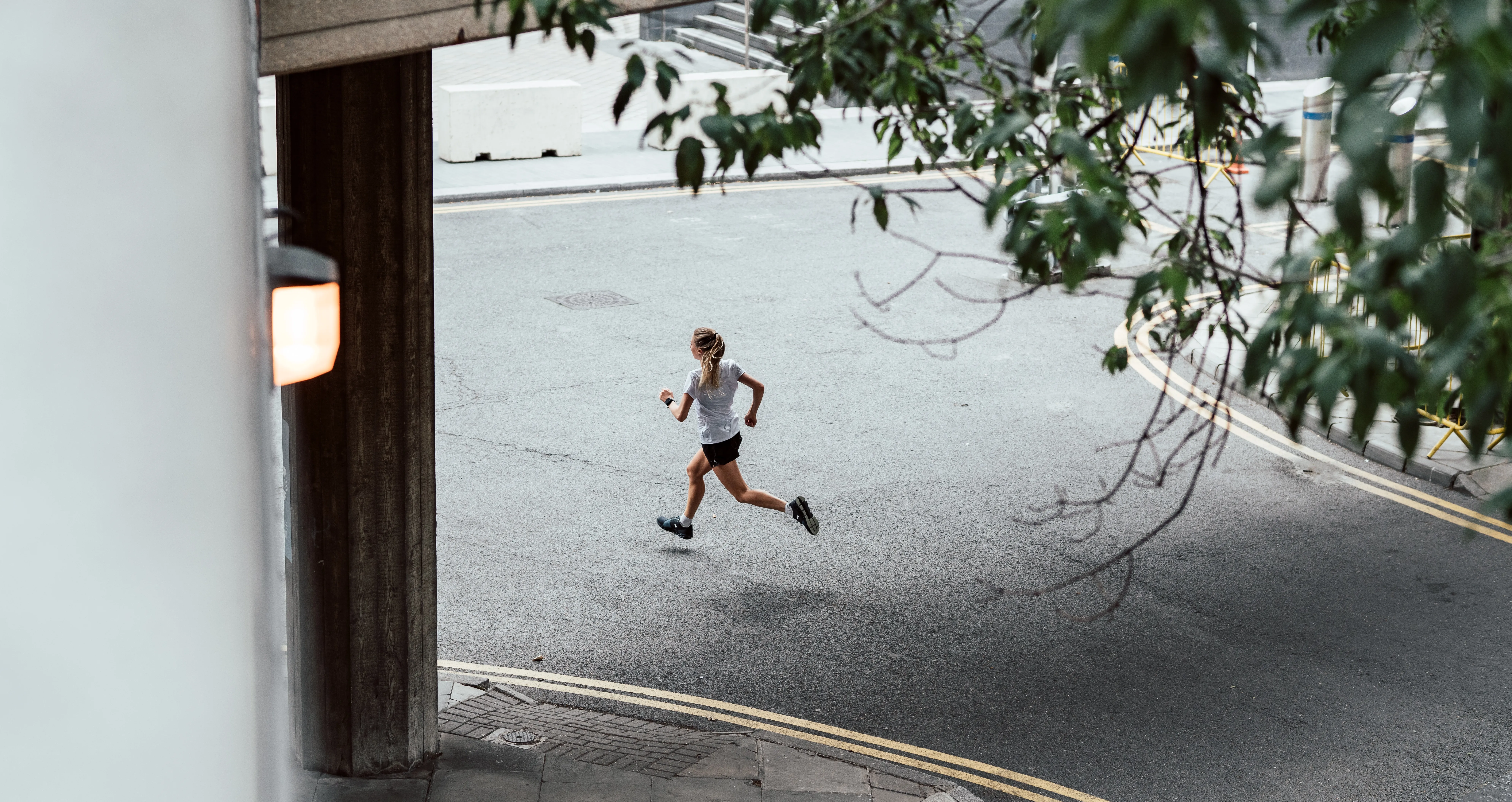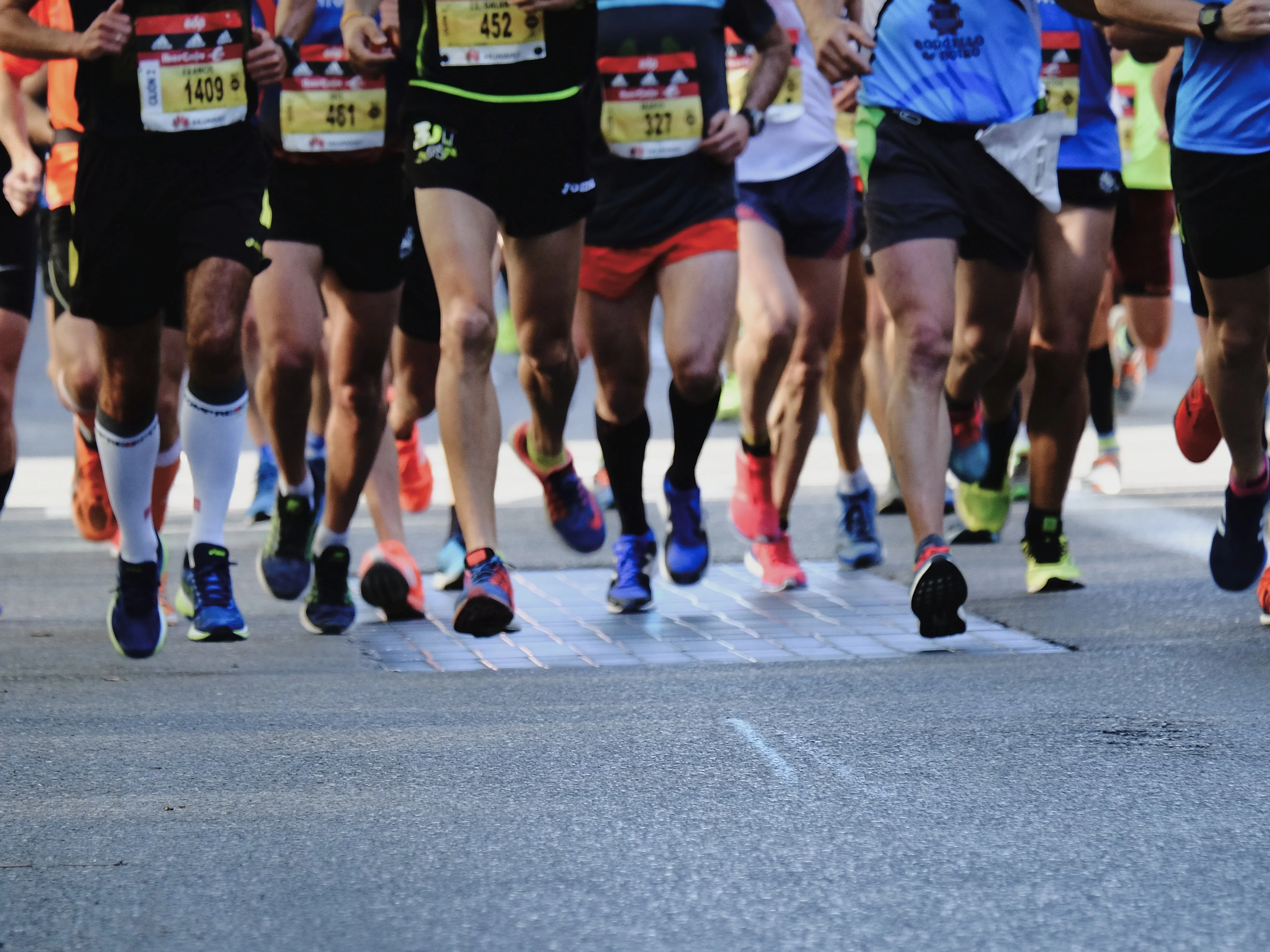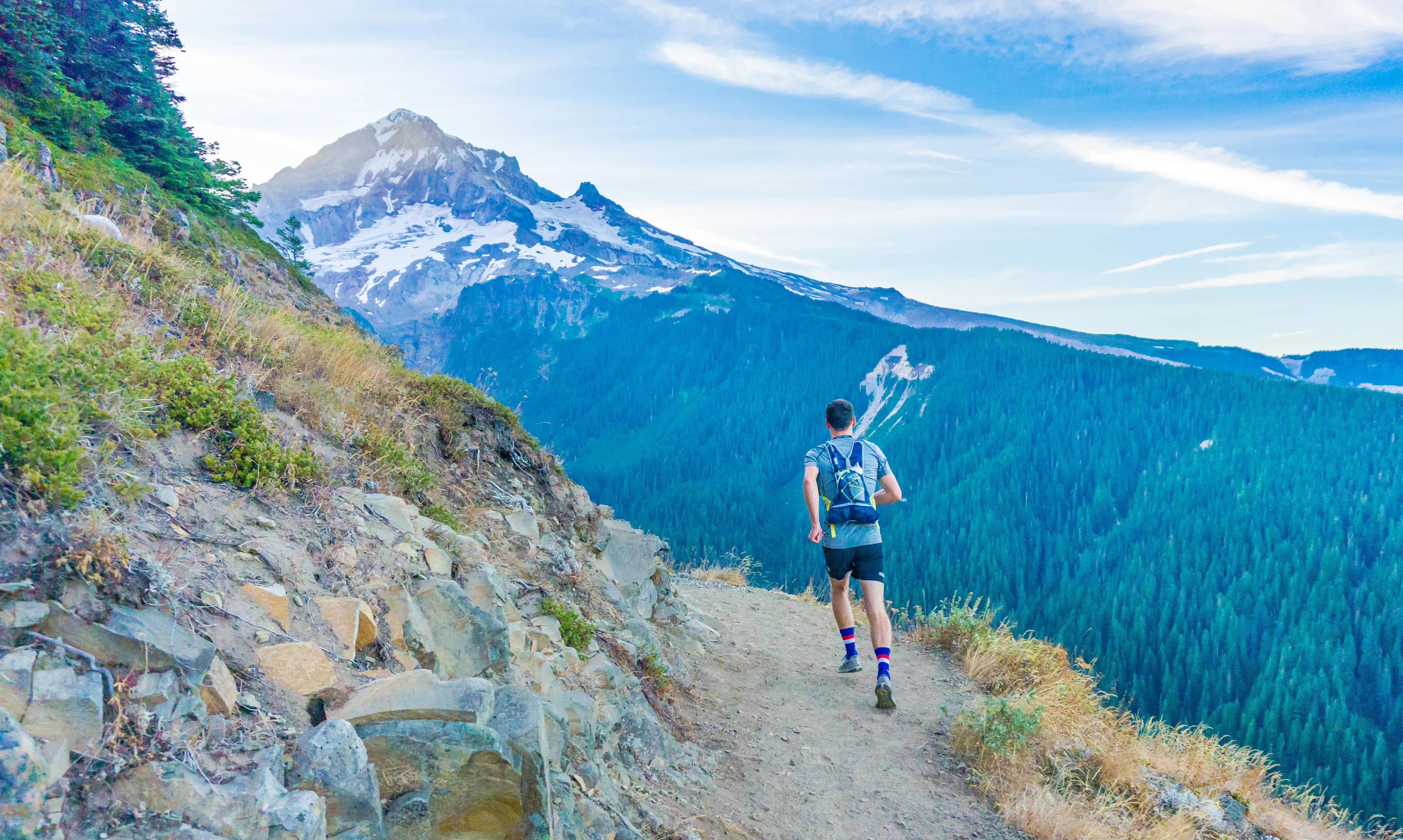
The science of running is a complex, fascinating study of human movement. One of the critical elements within that sphere is biomechanics - the science that combines principles of physics and mechanical engineering to explain how our bodies move. In running, improving your biomechanics can significantly boost your performance, lower your risk of injury, and increase your efficiency.
The Relationship Between Running and Biomechanics
Understanding how biomechanics impact running first requires understanding the relationship between the two. Running is a cyclic movement that involves specific phases: contact phase (the foot hitting the ground), midstance (the body moving over the foot), and push-off (ejecting the body forwards). Analyzing these phases allows us to identify potential areas for improvement.
The Importance of Foot Strike
When we talk about running biomechanics, we often touch on foot strike: the moment your foot first makes contact with the ground. This can significantly impact your running efficiency and injury risk.
Different runners have different footstrike patterns, and each comes with its benefits and drawbacks. Heel strikers, for example, hit the ground heel-first. This can lead to more significant shock absorption, potentially resulting in injuries. Forefoot strikers, on the other hand, land on the ball or the outer edge of their foot, which can lead to more efficient energy transfer but potentially strain the foot and lower leg muscles.
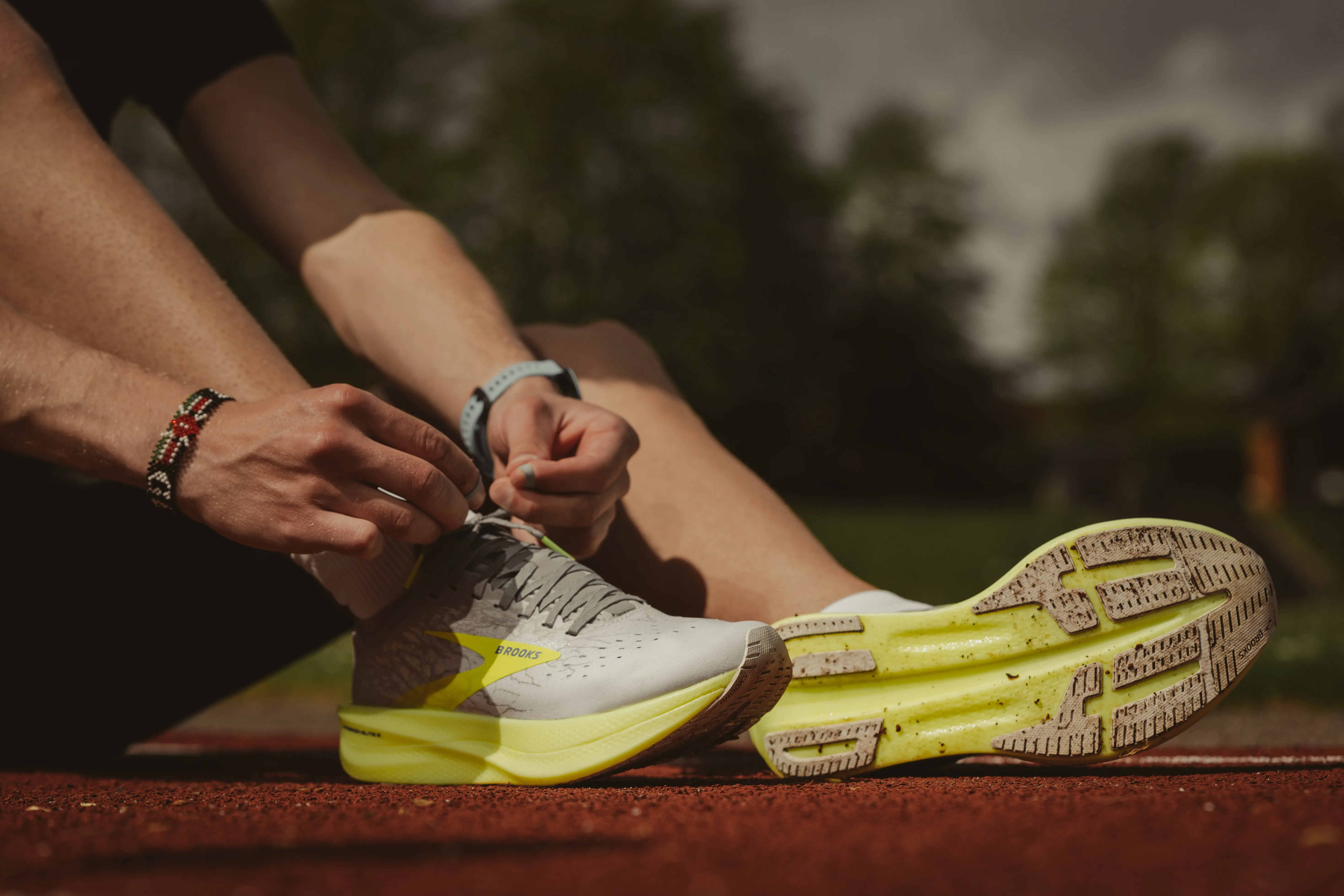
Stride Length and Cadence
Stride length (the distance covered in one stride) and cadence (the number of steps taken in one minute) also play crucial roles in running biomechanics. Increasing your stride length may seem like an easy way to run faster, but it can lead to overstriding, wherein your foot lands ahead of your body’s center of gravity, acting as a brake and increasing injury risk.
Conversely, a higher cadence (more steps per minute) typically results in a shorter stride and a reduced risk of overstriding. Some researchers suggest that an ideal cadence is around 180 steps per minute, and practicing running at this cadence might improve your efficiency and reduce injury risk.
Other Elements to Consider
While foot strike and cadence are the most often discussed when it comes to running biomechanics, they aren’t the only elements impacting your performance. Core strength, hip mobility, and proper arm swing can also significantly contribute to more efficient, injury-free running.
Understanding and improving your biomechanics cannot only help you become a faster runner, but it can also prevent injuries and improve your running longevity. Remember, efficient runners are not born; they are made through understanding and applying the science of running. Consider seeking professional advice to analyze and develop your running biomechanics for the best possible performance.
